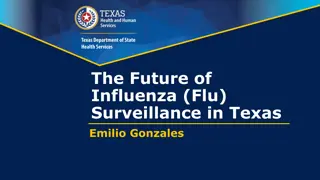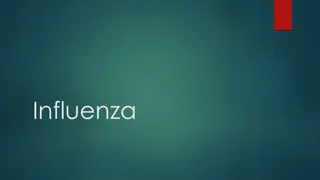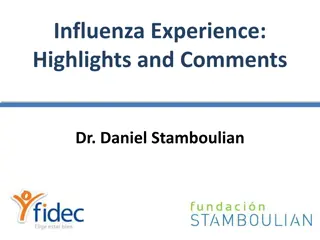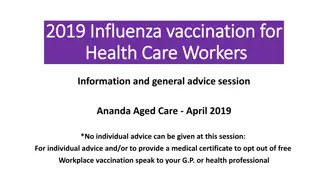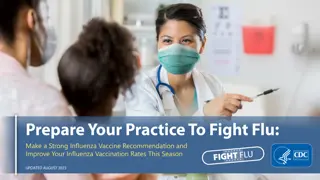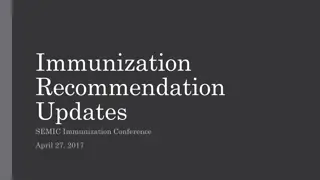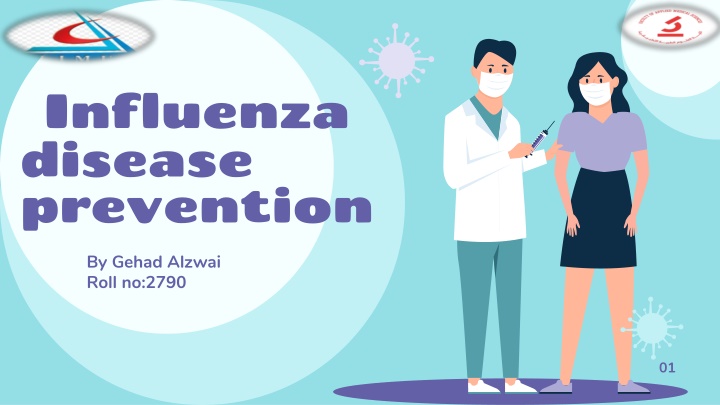
Influenza Disease Prevention and Transmission
Learn about the symptoms of influenza, ways to prevent the disease, different root of influenza virus transmission, and the treatment methods. Understand the types of influenza viruses and how they affect humans and animals. Discover the main mechanisms of virus transmission and the key symptoms to watch out for."
Download Presentation

Please find below an Image/Link to download the presentation.
The content on the website is provided AS IS for your information and personal use only. It may not be sold, licensed, or shared on other websites without obtaining consent from the author. If you encounter any issues during the download, it is possible that the publisher has removed the file from their server.
You are allowed to download the files provided on this website for personal or commercial use, subject to the condition that they are used lawfully. All files are the property of their respective owners.
The content on the website is provided AS IS for your information and personal use only. It may not be sold, licensed, or shared on other websites without obtaining consent from the author.
E N D
Presentation Transcript
Influenza disease prevention By Gehad Alzwai Roll no:2790 01
01 List Discuss 04 Symptoms of influenza disease Prevention of influenza disease 02 Discuss Different root of influenza virus transmission 03 Outline Treatment of influenza disease 02
Introduction Influenza disease commonly known flu is an infectious disease caused by (influenza virus). Influenza disease has many types A B and C. the most important one is type A which affect human pigs and birds and are the major cause of pandemic and epidemic influenza infection. 03
Concepts and Typology Type Features Manly affect human and animals and can be epidemic and pandimic influenza A Affect human only and can be epidemic and pandemic Influenza B Not either epidemic or pandemic Influenza C 04
01 List Symptoms of influenza disease 05
Symptoms of the Disease Nasopharynx :-sore throat Aches Systemic:Fever (usually high) Respiratory: -Coughing Gastric: -Vomiting Joints: -Aches 06
02 Outline Different root of influenza virus transmission 07
.There are two mechanisms for influenza virus transmission: First (main)mechanism -Exposure to large particile(above 5 um) respiratory droblet when someone sneezing or coughing. -These traveles only short distance (usually 1m or less)through the air 08
Second mechanism -Self contamination through hand to nose hand to eye hand to mouth transmission (toutching the T zone after touthhing a contaminated surface) -Small particile transmission at several meters 09
03 Outline Treatment of influenza disease 10
Treatment Anti-influenza agent A-neuroaminidase inhibitors(oral oseltemivir inhaled zanamivir IV peramivir) B- admantanine(amantadine rimantadine) Supportive care Include A-Hydration B-Rest 11
Anti-influenza agent A-neuroaminidase:(oseltamivir zanamivir peremivir) -They act against both type A and B and prevent the spread of infection within the respiratory tract. -These agents competitively and reversibly interacte with the active enzyme site to inhibit viral neuroaminidase activity B-admantanine:(amantadine rimantadine) -They act against type A only 12 -inhibit uncoating of viral RNA within the host cell
04 Discuss Prevention of influenza disease 13
Prevention How to Prevent influenza Disease Avoid close contact Stay at home 14
About prevention Clean your hands Clean distinfict surface Wear mask 15
Vaccination 16
Types of influenza vaccine: Types of influenza vaccine: 1-inactivated: -whole virus particle vaccine -subunit -split virus vaccine 2-live attenuated: -gives better effect for children (not recommend) 3 3- -Recombinant HA vaccine: Recombinant HA vaccine: -Trivalent -Quadrivalent -Supemtek 17
Conclusions -influenza is a highly contagious viral infection -Most of strains of H1N1 H3N2 are show resistance -Vaccine is the most effective way to prevent influenza disease 18
References Center of disease controlling (CDC) World health organization (WHO) Warren levinson review of medical microbiology and immunology (14thedition) Lippincotts pharmacology 5theddition (2012) Sekiya T, Ohno M, Nomura N, et al. Selecting and Using the Appropriate Influenza Vaccine for Each Individual. Viruses. 2021;13(6):971. Published 2021 May 24. doi:10.3390/v13060971 19
Thank you!! 20


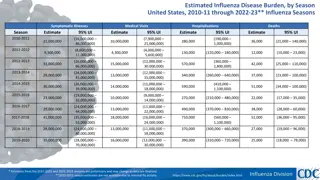

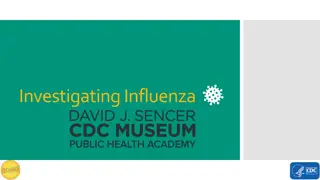

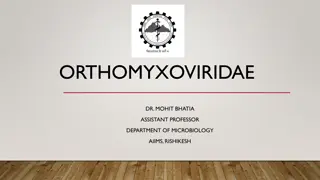
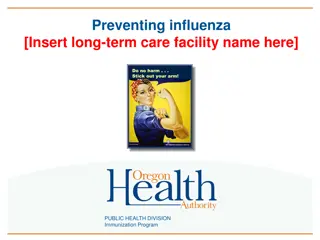
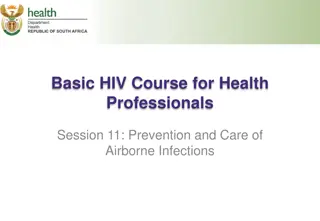


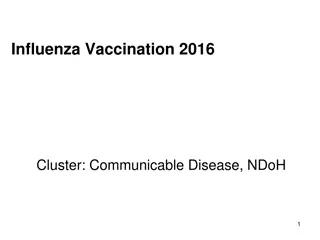
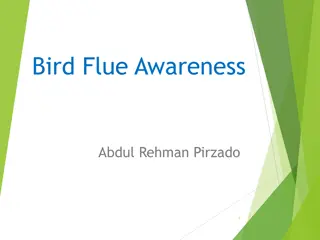
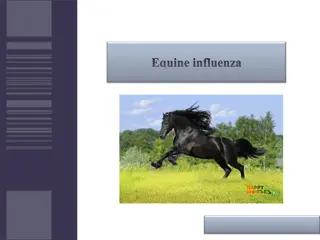
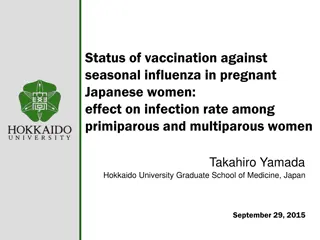
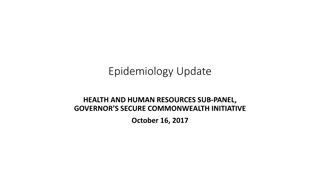
![Preventing Influenza at [Name of Critical Access Hospital]](/thumb/233818/preventing-influenza-at-name-of-critical-access-hospital.jpg)
